After moving to the Isle of Wight, Yoh Nye Sakurai became inspired by the British countryside. He creates miniature 3 dimensional objects using wool felts, cotton embroidery threads and aida fabric. Originally from Japan, Yoh studied design at the Osaka University of Arts before attending the Academy of Fine Arts of Brera in Milan, Italy. He went on to study furniture conservation and restoration at Buckinghamshire New University in High Wycombe, England, receiving a first class honours degree.
In our interview with Yoh we talk about his extensive education, how his cultural background informs his work and why he believes it’s important to travel.
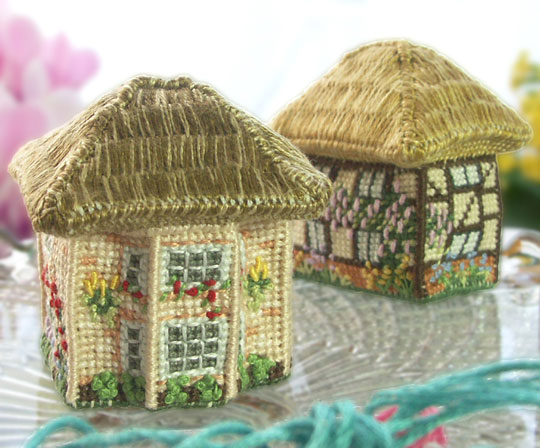
Reflecting on a new environment
TextileArtist.org: What initially captured your imagination about textile art?
Yoh Nye Sakurai: I first started working with textiles as part of my degree in decorative arts and restoration and conservation of antique furniture. I had wanted to work in a furniture workshop, and perhaps build up my own business. I enjoyed the upholstery part very much, as well as gilding and other aspects – but in the end I moved to the Isle of Wight to live with my partner and we couldn’t see a way of setting up a business there. So I had to look around for another idea that would fulfill me creatively but have low setup costs and not take up too much room.
I had done a bit of cross stitch and really enjoyed it, but I wanted to stretch my wings creatively and decided to try and make some 3 dimensional objects reflecting my new environment – the countryside and cottages of the Isle of Wight. I have a background in design. As a child I studied calligraphy and painting and went on to study design at the Osaka University of the Arts. My professional life began working as a designer for a construction company where I designed interiors, furnishings and furniture. So designing miniature buildings, creating the plans, diagrams and charts, all came easily to me. We have thatched buildings in Japan, but they’re very different to those in England. I think being an outsider allowed me to really see English buildings and landscapes in a different way and combine them with a Japanese sensibility. There is a great creative freedom in embroidery – you really can do anything – and creating kits of my own designs obviously allows others to participate in this creativity, which is something that also appeals to me.
So experiencing all this traditional architecture and the landscapes inspired me to distill and capture it in embroidered textile form.
What or who were your early influences and how has your life/upbringing influenced your work?
Design is very strong in Japan, and so is what you might call the phenomenon of kawaii – a term meaning ‘cute – loveable’. Everything from Hello Kitty to bonsai and netsuke has this element of kawaii, and it is now a global phenomenon. So I have this background of a culture that appreciates cute miniatures. It has a universal resonance though. You find miniatures everywhere – dolls’ houses and miniature railways in the west for example. And one of the inspirations for my current project was a visit to the traditional model village in Godshill on the Isle of Wight where you can stride like a giant around tiny cottages.
What was your route to becoming an artist?
I couldn’t have imagined where I’d end up. I specialized and trained in design, both in high school in Shizuoka (where I was born) and at the Osaka University of Arts where I trained as a commercial designer. We were often asked to create western influenced interiors, and that’s where I first encountered western antique furniture. In turn, that led me to move to Italy where I volunteered in furniture workshop in Milan and studied at the Accademia di Belle Arti di Brera.
I studied fine art, but also learnt upholstery techniques. I followed this by moving to High Wycombe in England where I studied decorative arts and furniture restoration and conservation at Buckinghamshire New University. As well as the upholstery, I worked on techniques of wood carving, gilding, and marquetry. The marquetry – another kind of miniature work – actually allowed me more freedom in that I could make designs inspired by André-Charles Boulle.
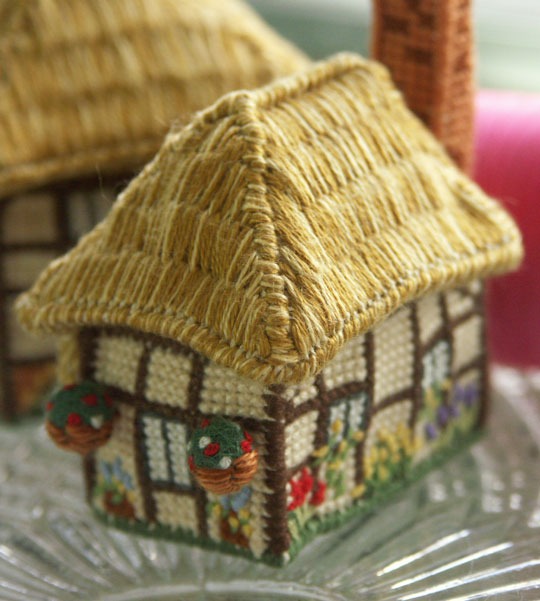
Apart from my dissertation comparing stitching techniques, and another on aspects of museum exhibition, my main energies were put into restoring a Louis XIV fauteuil from really ruinous condition. After university I did a short stint in an furniture workshop near Oxford, but it was really my move to the Isle of Wight that precipitated the shift to focus on textiles and embroidery.
The real joys of work
What is your chosen medium and what are your techniques?
I work mainly with wool felts, cotton embroidery threads and aida fabric. I employ cross stitch, but also a variety of embroidery techniques. I used a form of gobelin stitch to create the thatched roof texture for my cottages, French knots for flowers, and invented ways of making the textures of the trees and foliage. Finding new techniques and adapting old ones is one of the real joys of the work.
How would you describe your work and where do you think it fits within the sphere of contemporary art?
My work is decorative art at the craft end of the spectrum. Initially I wanted to sell the models, but they are so time consuming and labour intensive to make that it quickly became clear this would not be cost effective, so I converted them into kits. I will exhibit the originals and prototypes at some point though.
Tell us a bit about your process and what environment you like to work in?
I take location photographs of houses, gardens and landscapes I visit, but also search widely for images on the internet, in old reference books and magazines. I come up with an image for what I want to create, and from that I make a pattern to work from. I modify things as I go along and photographically record the steps I make along the way. Our house on the Isle of Wight is fairly quiet, and I rely on natural light to sew, so spend mornings upstairs (where the window faces east) and the afternoons downstairs to make the most of the sun. One of the joys and advantages of the work is that it doesn’t take up much space and I don’t need a formal studio to do it.
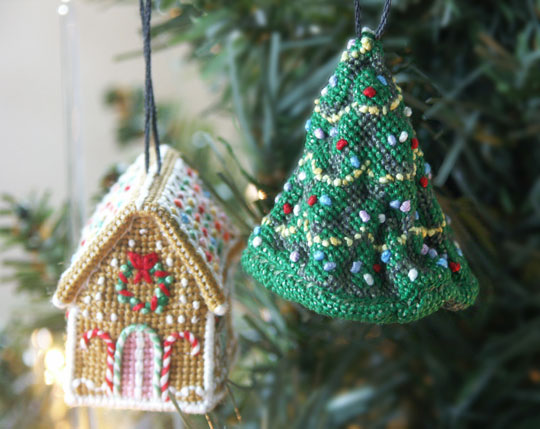
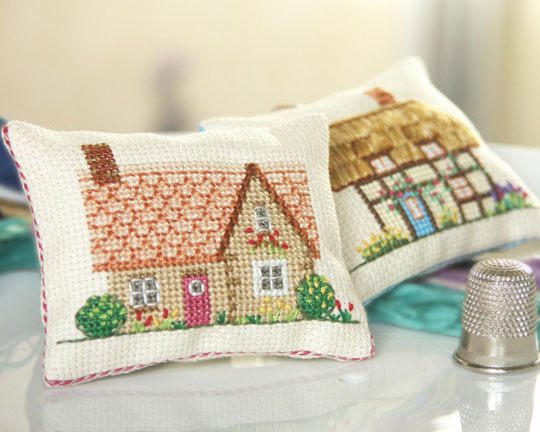
The natural world
Do you use a sketchbook?
I often start with photographs, but in the end it comes down to pen and paper. I sketch out designs from my imagination, but don’t sketch from life, if that’s what you mean. I use the sketchbook to tease out and refine the detail of the image I’ve synthesized from all the sources I’ve seen, including ones from dreams!
What currently inspires you and which other artists do you admire and why?
Of course the natural world, traditional architecture and landscapes – walking the dog in the countryside, these are great inspirations to me. Japanese kawaii and amigurumi are the cultural background inspirations for my work. More broadly, André-Charles Boulle is a great inspirer of my creativity. I love many artists, designers and craftspeople – Marc Chagall and William Morris, for example. The V&A and Wallace Collection are my favourite museums, packed with inspiring objects and images. I’ve discovered many amazing artists on your website too, and particularly admire the work of Corinne Young, which I’d never come across before.
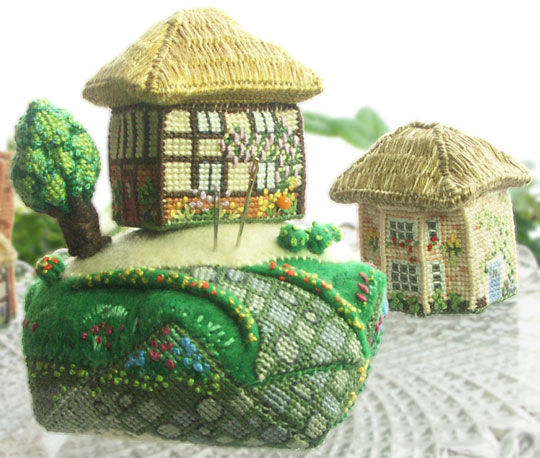
Tell us about a piece of work you have fond memories of and why?
I really enjoyed working on Merryfield Hill. I’d been doing the cottages for a while, and Merryfield Hill opened up a whole new range of possibilities. I can see myself making small islands with beach huts and so on . . . Really exciting! I am also fond of my Gingerbread Cottage – I think the design works really well.
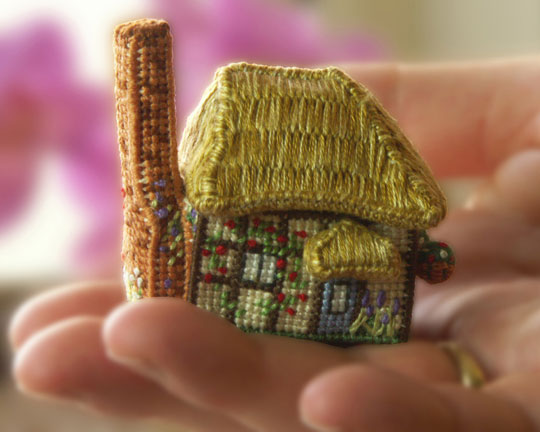

Simple techniques
How has your work developed since you began and how do you see it evolving in the future?
My initial designs were quite complex and quite niche. I started to make my work technically more accessible. Even now, I find new ways of making the kits easier by using the same designs with simpler techniques. In the future I’m planning to open up to a wider range of subject matter, and to involve new fabrics and materials, and possibly work on larger scales. At the moment, most of my creations are no more than 5cm high.
What advice would you give to an aspiring textile artist?
The most important thing I can suggest is that you travel and see different cultures to learn about different approaches, aesthetics and techniques. Though born in Japan, I have lived in both Italy and the UK, but also travelled throughout western europe and even north Africa. It’s amazing to see the inventiveness and richness of imagination of all these cultures, and of course if gives me a new perspective on my own.


Resources, recommendations and exhibitions
Can you recommend 3 or 4 books for textile artists?
Most of the books that I use are in Japanese! One invaluable book that belonged to my partner’s great grandmother was a very old pocket edition of the English translation of Thérèse de Dillmont’s 1886 Encycopedia of Needlework . You can still find it in print, or second hand, and as an e-book . I think its enormously inspiring and comprehensive from the technical point of view.
What other resources do you use?
I don’t usually use any specific blogs or websites, but I do research images using keywords and this takes me to useful sites like your own where I’ve seen an incredible range of artists’ work. I also find Pinterest quite handy to make image banks, and have my own page there. At home we have a quite a selection of vintage postcards and books on Isle of Wight history that are invaluable as source material for images. There are plenty of craft and lifestyle magazines that I find useful, even things like Country Living. On the whole though, it’s just my experience and imagination that I draw from, as well as my own location photographs of things that catch my eye.
What piece of equipment or tool could you not live without?
Of course my brain is the most vital piece of equipment I couldn’t live without! Imagination is a tool you need to exercise and liberate in order to come up with something new. Aside from that, embroidery needles , thread and a bit of material – that’s all you need really.
Do you give talks or run workshops or classes? If so where can readers find information about these?
I don’t currently run workshops, but it’s something I am actively considering for the future. I’d like to do it in an informal setting if I can – and there are a couple of local craft cafes I have in mind. When I do offer workshops, we’ll announce them on my website and via my Facebook page.
How do you go about choosing where to show your work?
I haven’t done this yet, but we’ll be approaching galleries later that have the right ambience for the work.
Where can readers see your work this year?
At the moment I don’t have any exhibitions planned, so my website is the only place you will see my work. I haven’t been working in this field for long, so I am still building up my portfolio – but it would be nice to exhibit some time in the future, probably locally at first on the Isle of Wight.
For more information please visit: www.sakoran.co.uk
If you’ve enjoyed this interview with Yoh let us know by leaving a comment below
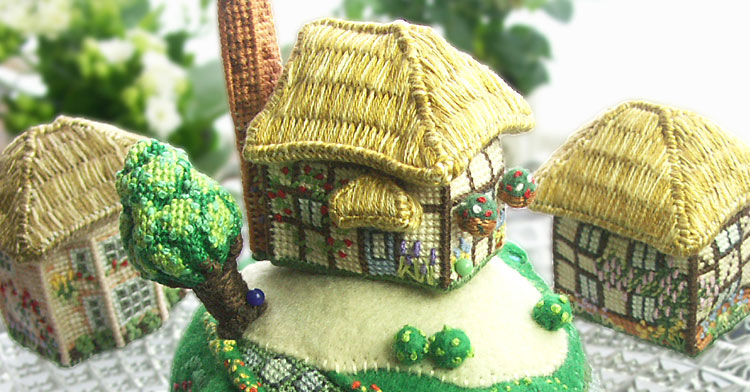

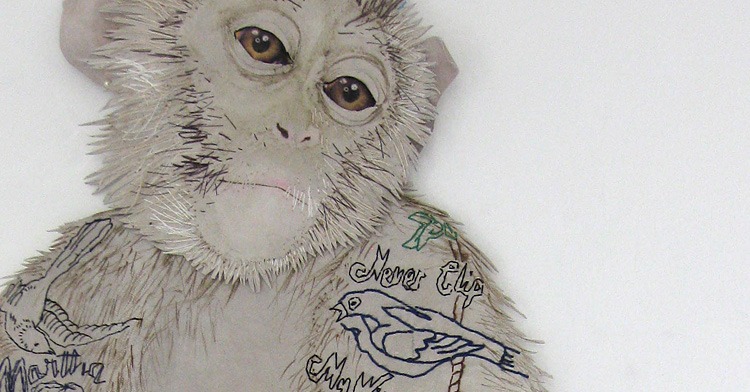
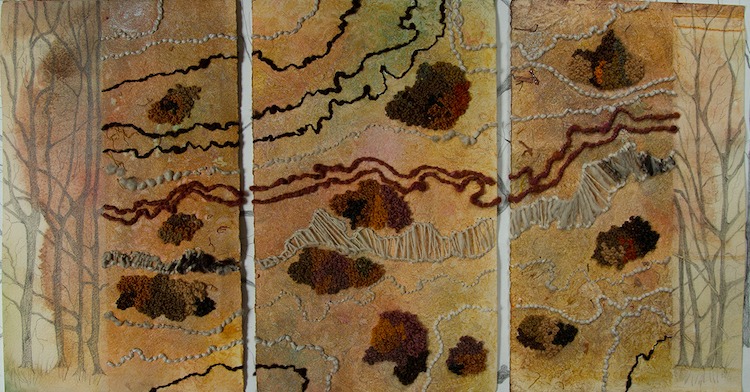
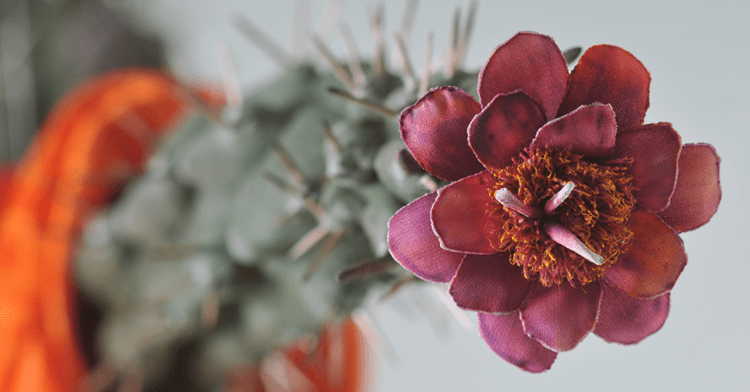
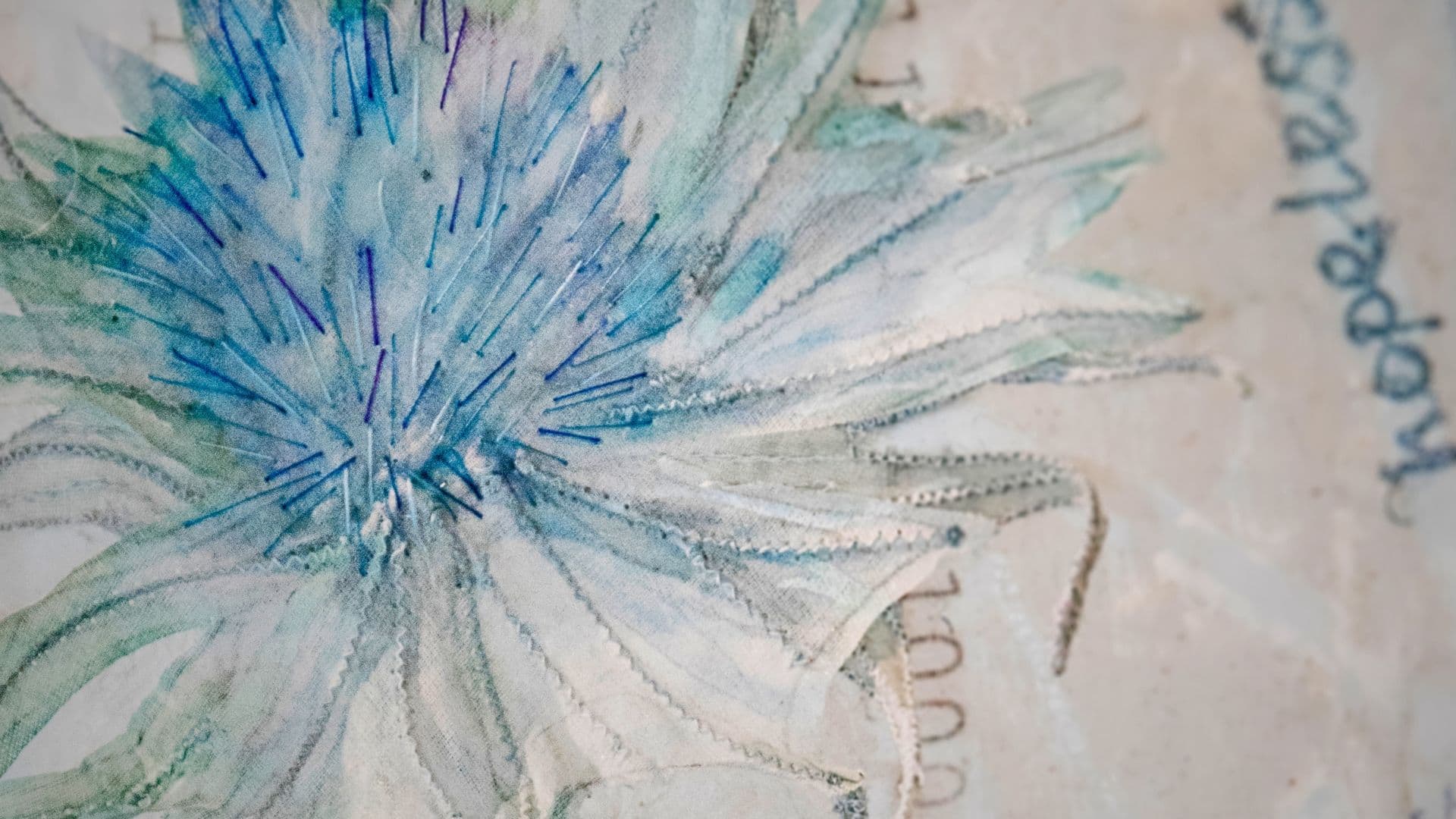
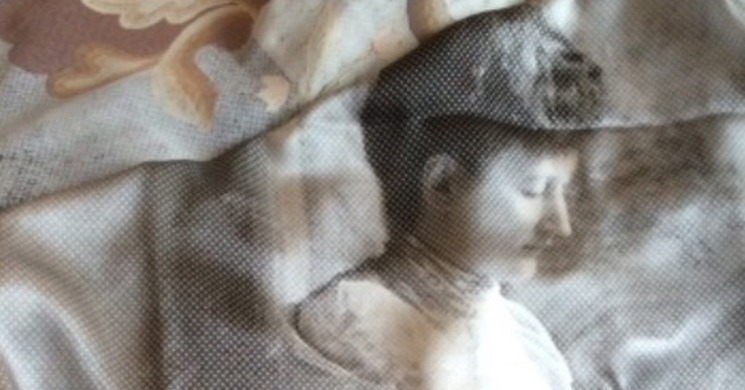
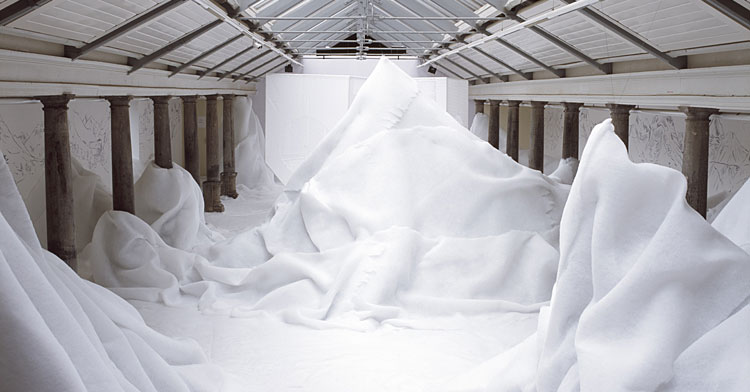
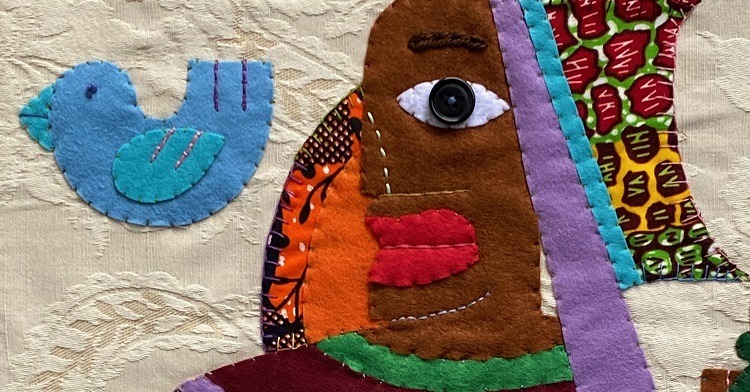
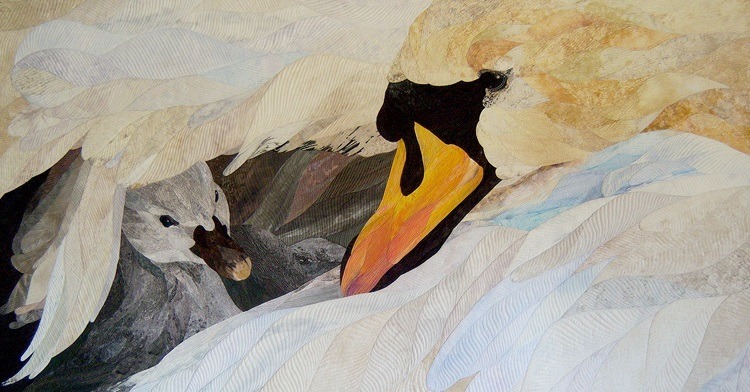
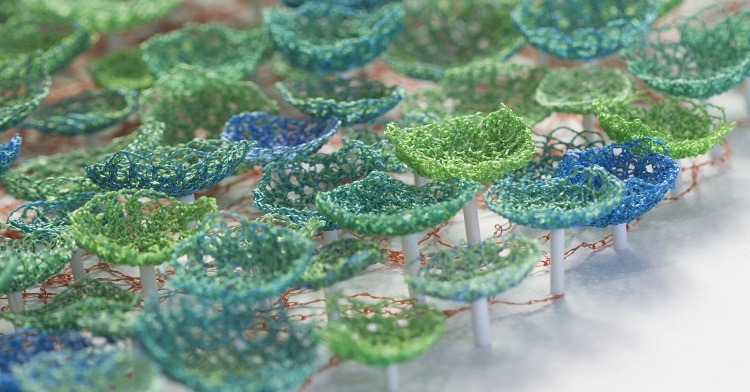
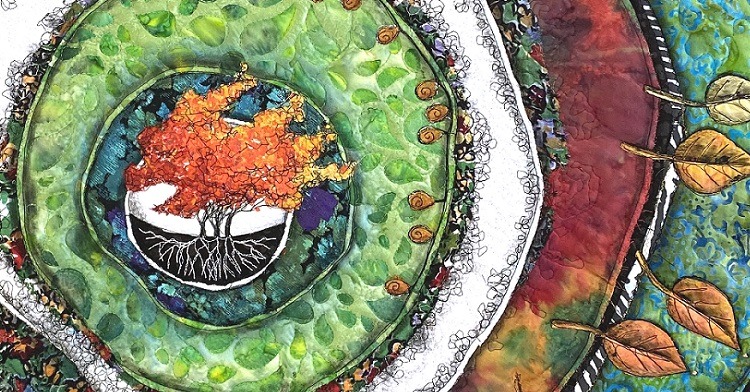
Comments